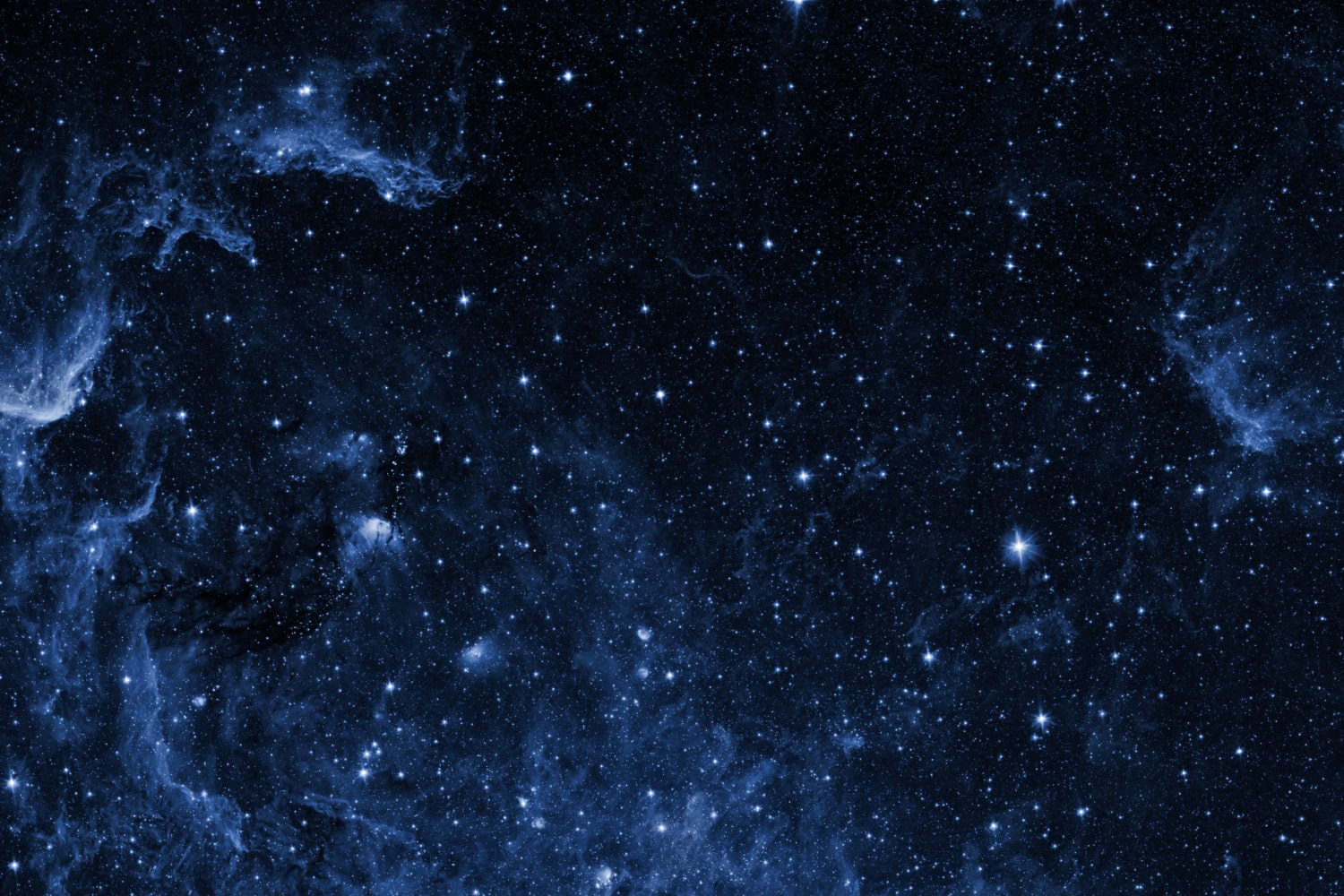
33 interesting facts about stars
- 👁️ 380
Stars are celestial bodies made primarily of hydrogen and helium, emitting light and heat through the nuclear reactions that occur in their cores. They play a fundamental role in the universe, not only providing the light that makes galaxies visible but also being the birthplace of the heavier elements that comprise planets and even life itself. The life cycle of stars, from their formation in dense molecular clouds to their eventual demise, is a complex and fascinating process. Stars vary in size, colour, temperature, and age, leading to a rich tapestry of astronomical objects that continue to captivate scientists and laypeople alike. Here’s a list of 33 interesting and fascinating facts about stars:
- Our Sun is just one of an estimated 100 billion stars in the Milky Way galaxy alone.
- Stars are born in vast clouds of dust and gas called nebulae.
- The nearest known star to Earth, other than the Sun, is Proxima Centauri, which is about 4.24 light-years away.
- A star’s colour indicates its temperature; blue stars are the hottest, while red stars are the coolest.
- The largest known star, UY Scuti, is over 1,700 times the radius of the Sun.
- A neutron star is so dense that a teaspoonful would weigh billions of tonnes.
- The majority of all stars in our galaxy are red dwarfs, smaller and cooler than the Sun.
- The brightness of a star as seen from Earth is measured in a unit called apparent magnitude.
- A star’s life cycle depends on its mass, with massive stars having shorter lifespans.
- A supernova is the explosion of a star at the end of its life cycle and can outshine an entire galaxy for a short time.
- The remains of a supernova can form a black hole or a neutron star, depending on the mass.
- The Sun is classified as a G-type main-sequence star, also known as a yellow dwarf.
- The North Star, or Polaris, has been used for navigation as it’s located close to the North Celestial Pole.
- Binary star systems, where two stars orbit each other, are common in the universe.
- The Hertzsprung-Russell diagram is used to classify stars based on their luminosity and surface temperature.
- The Milky Way’s oldest known star is over 13.2 billion years old.
- Hypergiant stars are extremely massive and luminous, exceeding 100 times the mass of the Sun.
- Pulsars are rotating neutron stars that emit beams of radiation detectable from Earth.
- The most massive stars can burn through their fuel in just a few million years, whereas the smallest stars can last for trillions of years.
- A white dwarf is the remaining core of a star after it has exhausted its fuel and shed its outer layers.
- The most abundant element in stars is hydrogen, followed by helium.
- Dark spots on the Sun’s surface, known as sunspots, are cooler areas caused by magnetic activity.
- Some stars, called variable stars, change in brightness over time due to intrinsic or extrinsic factors.
- A group of stars that appears to form a pattern in the sky is referred to as a constellation.
- The Milky Way is on a collision course with the Andromeda Galaxy, but individual stars are unlikely to collide due to vast distances between them.
- The speed of light allows us to see some stars as they were thousands or even millions of years ago.
- Quasars are extremely distant and luminous objects powered by supermassive black holes, often outshining entire galaxies.
- Solar flares are sudden bursts of energy and light from a star’s surface, and they can affect space weather.
- Brown dwarfs are celestial objects that are too small to sustain hydrogen fusion, classifying them between stars and giant planets.
- Cepheid variables are stars whose brightness varies with a regular period and are vital for measuring cosmic distances.
- Some stars end their life cycle by slowly expelling their outer layers, forming a beautiful planetary nebula.
- The Sun will eventually expand into a red giant, swallowing the inner planets, including Earth, before shedding its outer layers and becoming a white dwarf.
- The study of stars and their physical properties is called stellar astronomy.
The variety and complexity of stars offer endless opportunities for exploration and understanding. From the tiniest brown dwarfs to the vast hypergiants, stars tell the story of the universe’s past, present, and future. They illustrate principles of physics on astronomical scales and provide the fundamental building blocks for everything from galaxies to life as we know it. The ongoing study of stars continues to reveal new insights, deepening our connection to the cosmos and reinforcing our place in the vast, interconnected web of existence.
Stars are celestial bodies made primarily of hydrogen and helium, emitting light and heat through the nuclear reactions that occur in their cores. They play a fundamental role in the universe, not only providing the light that makes galaxies visible but also being the birthplace of the heavier elements that…